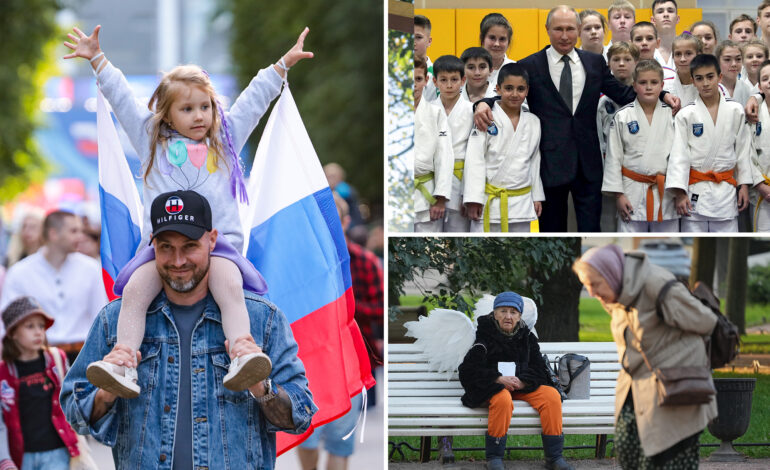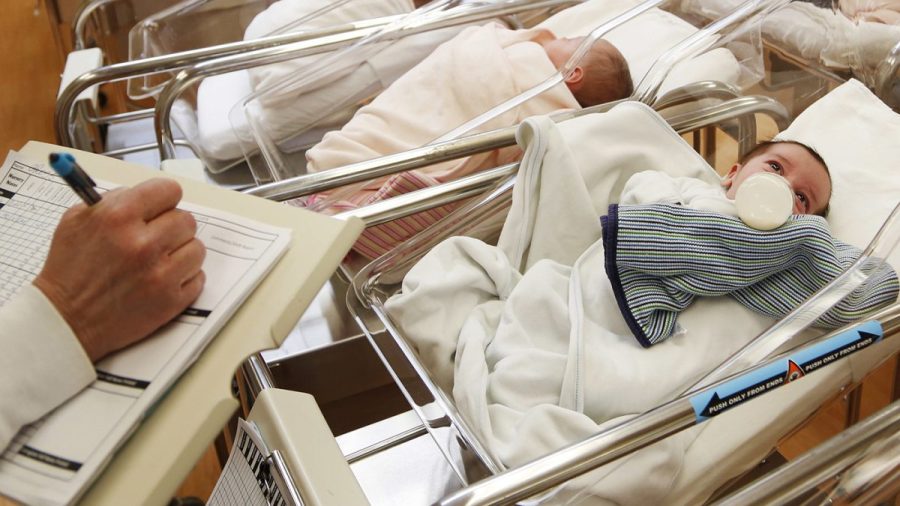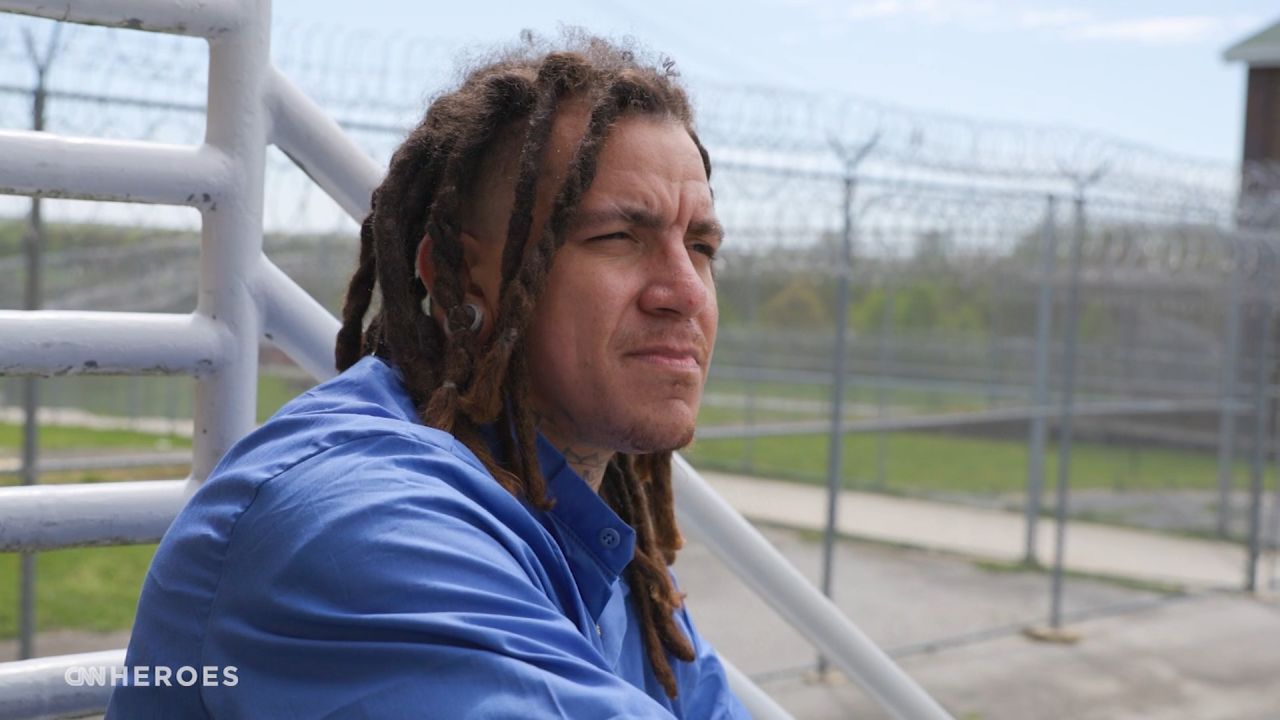Russia’s Declining Population Sparks National Security Concerns

Russia is grappling with significant demographic challenges that threaten its national security. President Vladimir Putin has acknowledged these issues for over two decades, recognizing that the country’s shrinking and aging population could undermine its future stability. Recent statistics indicate that Russia’s population has decreased from 147.6 million in 1990 to 146.1 million in 2024, according to the Federal Statistics Service.
In a statement made during a Kremlin demographic conference, Putin highlighted the urgent need to increase birth rates, describing this goal as “crucial” for the nation. His administration has launched various initiatives aimed at encouraging larger families. These programs include free school meals for families with multiple children and the awarding of “hero-mother” medals to women who have ten or more children. Putin recalled that many of Russia’s grandmothers and great-grandmothers had large families, stating, “Let’s preserve and revive these wonderful traditions.”
The population decline has been exacerbated by several factors, including economic instability, the ongoing war in Ukraine, and emigration, particularly among young men. Birth rates initially rose alongside economic growth, peaking at 1.94 million births in 2015. However, the number of births has steadily decreased since then, with only 1.22 million live births reported last year.
As of 2024, approximately 30% of the Russian population is aged 55 or older, a stark increase from 21.1% in 1990. This aging demographic presents a significant challenge, as the number of women in their childbearing years is dwindling. Demographer Alexei Raksha noted that February 2025 recorded the lowest number of births in over two centuries.
Government Initiatives and Societal Impact
In response to declining birth rates, the Russian government has implemented new policies intended to promote “traditional family values.” These include laws aimed at discouraging abortion and curbing “child-free” ideology. Critics, including feminist scholar Sasha Talaver, argue that these measures reflect a belief that women should prioritize reproduction for the sake of national strength.
Despite the government’s efforts, many young couples are reluctant to have children due to economic uncertainties and living conditions. Jenny Mathers from the University of Aberystwyth explained that young families often feel insecure about their ability to provide for children, especially in a country that has experienced significant demographic upheaval since World War II.
The Russian government has introduced various financial incentives for families, such as cash certificates for parents and one-time payments for pregnant teenagers. While some initiatives receive public approval, others face backlash for potentially encouraging unwanted pregnancies. The fertility rate in Russia currently stands at 1.4, significantly below the replacement level of 2.1 needed to maintain the population.
Challenges in Addressing Demographic Decline
Efforts to limit abortion access have intensified, with some regions enacting laws that restrict information about the procedure. Although abortion remains legal, many private clinics have stopped providing the service. New legislation has also curtailed the availability of abortion-inducing pills, which complicates reproductive health for many women.
A 29-year-old woman who prefers not to have children shared her experience of seeking care in private clinics to avoid intrusive questions about her reproductive choices. She noted that state-run facilities often put pressure on women regarding family planning.
Activists warn that restricting access to abortion will not lead to an increase in birth rates but could instead result in more unsafe procedures, putting women’s health at risk. Zalina Marshenkulova, a journalist and activist, emphasized that these government measures serve to repress individual freedoms rather than genuinely address the demographic crisis.
The demographic situation is further complicated by the Kremlin’s stance on immigration. Although increasing immigration could help address population decline, officials have fostered anti-immigrant sentiments, tightening regulations on migrant workers and their families. Many potential immigrants from Central Asia are now seeking opportunities elsewhere due to growing discrimination and economic instability.
As the war in Ukraine continues, the prospects for demographic recovery appear dim. Without significant improvements in economic stability and living conditions, young couples are unlikely to feel confident about starting families. As Mathers succinctly stated, “An open-ended major war doesn’t really encourage people to think positively about the future.”
The interplay of these demographic factors creates a complex challenge for Russia, one that intertwines with national security and social stability. The government’s attempts to reverse the population decline highlight the urgent need for a multifaceted approach to address both the immediate and long-term implications of a shrinking population.






